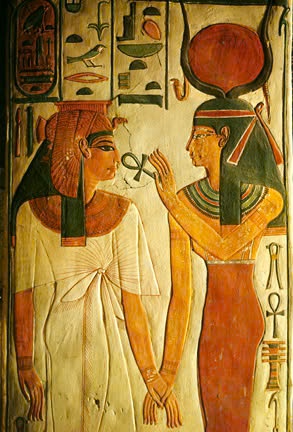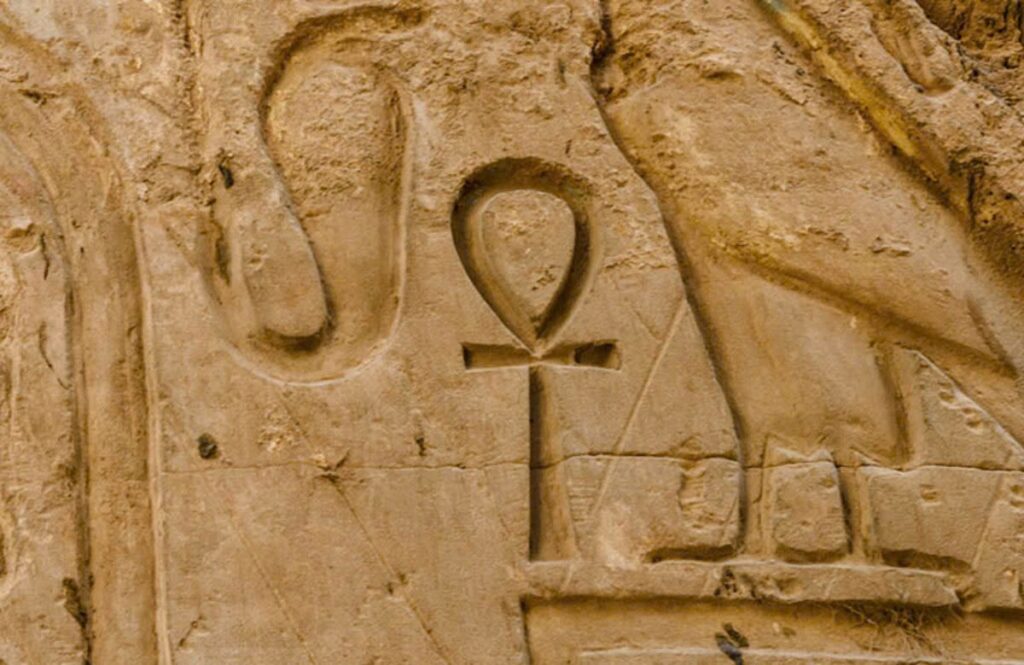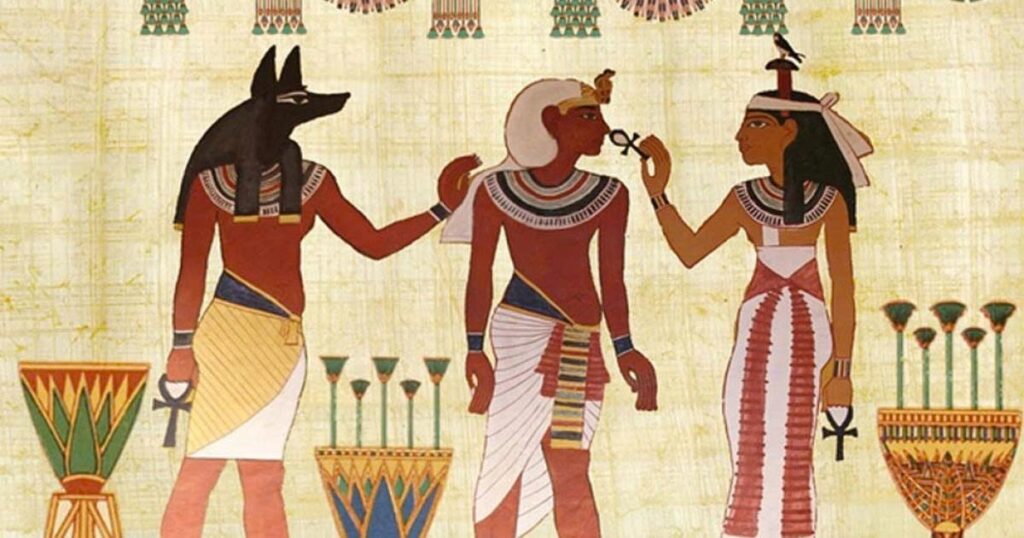The Origins of the Ankh

In the sun-baked lands of ancient Egypt, a symbol emerged that would capture the imagination of generations to come. The ankh, a simple yet elegant looped cross, first appeared during the Early Dynastic Period around 3150 BCE. Its exact origins remain shrouded in mystery, but theories abound.
The Sandal Strap Theory
Sir Alan H. Gardiner, a renowned Egyptologist, proposed that the ankh evolved from the shape of a sandal strap. The loop represented the ankle, while the vertical post symbolized the sole. This theory drew a connection between the Egyptian word for “sandal” (nkh) and the word for the ankh itself.
The Knot of Isis Theory
 Wallis Budge, who suggested the ankh originated from the ceremonial girdle worn
Wallis Budge, who suggested the ankh originated from the ceremonial girdle worn
Another intriguing explanation came from E.A.by the goddess Isis. This theory linked the ankh to fertility and female power, aligning with its broader symbolism of life and eternity.
The Ankh in Egyptian Culture

As the ankh gained prominence, it became deeply intertwined with Egyptian beliefs about life, death, and the afterlife. The loop at the top was seen as a portal to the afterlife, while the vertical post represented the physical world.
The Goddess Isis and the Ankh

The rise of the ankh coincided with the growing popularity of the goddess Isis. As her cult spread, Isis was often depicted holding the ankh, using it to revitalize the deceased in the afterlife. This association cemented the ankh’s role as a symbol of eternal life and the cyclical nature of existence.
The Ankh in Daily Life
By the Old Kingdom, the ankh had become a ubiquitous symbol. It adorned mirrors, amulets, and even caskets. The deceased were referred to as “ankhu” (having life), and sarcophagi were known as “neb-ankh” (possessing life).
The Ankh’s Enduring Legacy
From Ancient Egypt to Christianity

As Christianity gained prominence in the 4th century CE, the ankh underwent a fascinating transformation. Coptic Christians adopted the symbol, seeing in it a reflection of Christ’s promise of eternal life. Over time, the ankh evolved into the Christian cross, demonstrating its enduring power to transcend cultural boundaries.
Conclusion

From the scorching sands of ancient Egypt to the present day, the ankh has remained a powerful symbol of life, death, and rebirth. Its journey through time and across cultures is a testament to the universal human quest for meaning and the promise of eternal life. As we continue to study and admire this ancient symbol, we gain not only a deeper understanding of Egyptian civilization but also insight into our own enduring fascination with the mysteries of existence.

